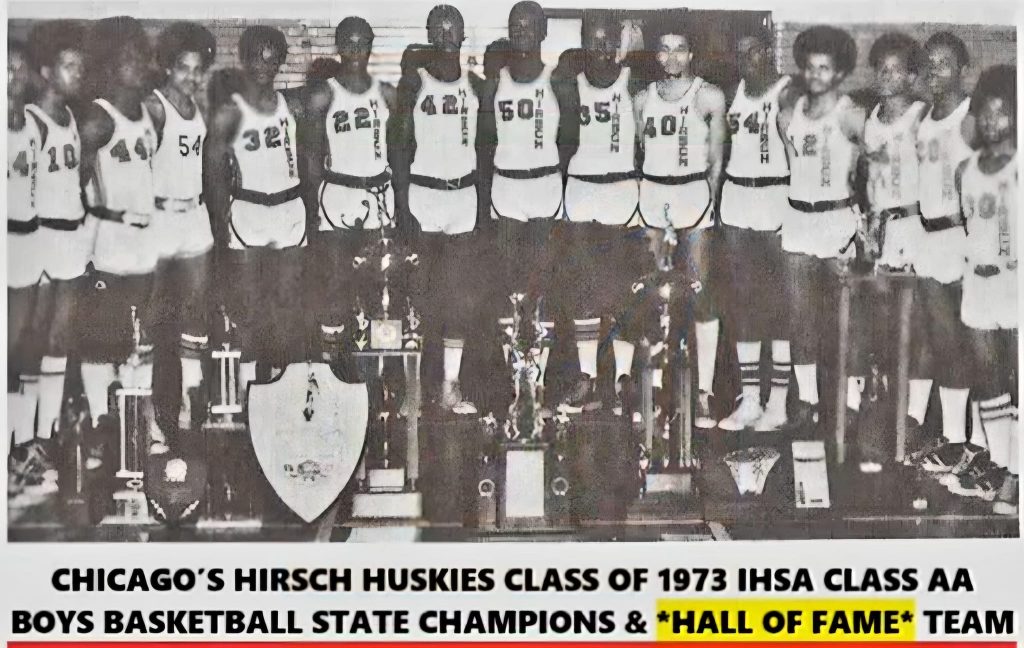100 Years of Legacy, Loss, and Love in Chicago’s South Side
By Christopher Tru Hood
Hirsch: The Last Pillar Standing
100 Years of Legacy, Loss, and Love in Chicago’s South Side.
A Multimedia Capstone by Christopher “Tru” Hood

The clock above Hirsch Metropolitan High School’s main hall has ticked for nearly a century. From the jazz age to drill beats, from state championships to near closures, the red-brick giant at 7740 S. Ingleside Avenue still stands—battered but breathing—in a city that almost forgot it. As a Tech Coordinator and after-school teacher walking these halls every day, I don’t just see a building; I know the history etched into the marble, I hear the echoes in the hallways, and I feel the pulse of a legacy that refuses to fade.
This is not just another story about an underfunded urban school. This is the story of a community anchor, a living landmark whose survival is a testament to the fierce, resilient spirit of the South Side. As Hirsch nears its centennial, its story—of architectural beauty, academic heartaches, legendary alumni, and the people who refuse to let it die—has never been more urgent.
A Beacon Built for Brilliance
When Hirsch opened its doors in 1926, it was a declaration of progress. Designed by famed architect Edgar D. Martin (https://chicagohistoricschools.wordpress.com/2013/02/12/emil-g-hirsch-school/), who supervised the Chicago Board of Education’s ambitious construction program during the mid-1920s, it was originally established as a model junior high school. The total cost to construct the school was $1,250,000.
The building was intended as a “model” on a five-acre site adjacent to Grand Crossing Park. It boasted an indoor pool, art studios, and marble finishes—features unheard of for its time. Martin designed the handsome red brick school using elements of the Gothic and English Tudor revival styles, and its design was even used for other schools across the city. It was built not just to educate, but to inspire.
For decades, it did just that, becoming a cultural and athletic powerhouse. The most famous athletic moment came in 1973, when the boys’ basketball team, coached by Hall of Famer Charles Stimpson, brought home the IHSA Class AA State Championship (https://archive.ihsa.org/archive/bkb/mm/1973baa.htm) after a phenomenal 29-2 season. Led by All-State players Ricky Green and John Robinson, they defeated Winnetka (New Trier East) 65-51 in the final. This moment of glory is still whispered about with reverence in the community.
But as Chicago changed, so did Hirsch’s fortunes. Systemic disinvestment and shifting demographics (https://truhoodstudiollc.com/every-button-tells-a-story-hirsch-students-show-their-pride/) began a slow, painful decline. The city’s Public Schools system lost more than 100,000 students in the last 20 years, driven primarily by declining birth rates and the out-migration of Black and Latine families. Research on Chicago Public Schools’ budgeting practices confirms that the funding model often guarantees that lower student enrollments will lead to lower school budgets, which compounds the struggle for schools located in low-income Black neighborhoods (https://www.roosevelt.edu/stories/news/chicago-public-schools-budgeting-concentrates-underfunded-schools-black-neighborhoods). Enrollment at Hirsch, which once topped 2,200 students, plummeted by a staggering 85% by 2019, a data point that underscores the severity of the city’s accelerating enrollment crisis (https://kidsfirstchicago.org/publications/enrollment-crisis). Programs were cut. The football team, a source of immense pride, was disbanded. The hallways grew quieter.
“You have to understand, this school was everything to us,” explains Ms. Hickman, a veteran teacher who has been the institutional memory for decades of students. I sat down with her in her classroom, a space that has seen generations of change. “The fight wasn’t just about keeping a building open; it was about saving the heart of the neighborhood. On the tough days, it’s the students who keep you coming back. Their resilience is the real story here.”
The Great Decline
“That caused a great, great decline at Hirsch because simply the parents didn’t want to send their kids where kids that had been locked up were going to be actively in school.”
– Dr. Henry West, Science Teacher & Community Historian
As Chicago changed, so did Hirsch’s fortunes. Systemic disinvestment and shifting demographics began a slow, painful decline. The city’s Public school system lost more than 100,000 students in the last 20 years, driven by the out-migration of Black and Latine families. But at Hirsch, the decline was accelerated by a specific policy.
Dr. West identifies a “second chance” program, which allowed incarcerated students to return to their home school, as the catalyst. The community revolted, and the resulting exodus of students led to a devastating loss of funding. Enrollment plummeted by a staggering 85% by 2019. The building fell into disrepair, with major roof leaks and science labs operating without water for years.
The Human Pillars: The People Who Kept the Heart Beating
When resources fade, the actual structure of a school is revealed: its people. At Hirsch, the pillars are not made of brick, but of the unwavering dedication of its staff.
Ms. Peppers, who has served meals and wisdom in the lunchroom for over 40 years, is one such pillar. She has seen thousands of students pass through her line, offering a comforting presence amidst the chaos of adolescence. “These kids are my kids,” she told me, her voice filled with a fierce love. “They need to know someone is here for them, steady. This place is more than a job. It’s family.”
That sentiment is echoed by staff like Mr. Ramsey and Ms. Kowache, who work tirelessly to provide academic and emotional support. They are the mechanics of the school’s engine, ensuring students have what they need not just to learn, but to feel seen and valued. “The focus here is personal,” says Mr. Ramsey. “When a student walks in, we don’t look at their file; we look at their future. That’s why they stay here.” Their work is the quiet, daily heroism that statistics can never capture. Ms. Kowache adds, “We treat this building like our home. You don’t abandon your home just because the roof leaks a little.”
“If not me, who? We are obligated to give them the best education we can… to give them every opportunity to succeed. My legacy is that I was firm but fair. I didn’t throw them away.”
– Ms. Michelle Ingram
20-Year Veteran English Teacher
“These kids are my kids. They need to know someone is here for them, steady. This place is more than a job. It’s family.”
– Ms. Peppers
40+ Year Lunchroom Staff
“A lack of discipline at home directly translates into challenges at school… placing security in the difficult position of being the ‘main enemy.'”
– Ms. T. Williams
Security Guard & 20-Year Resident
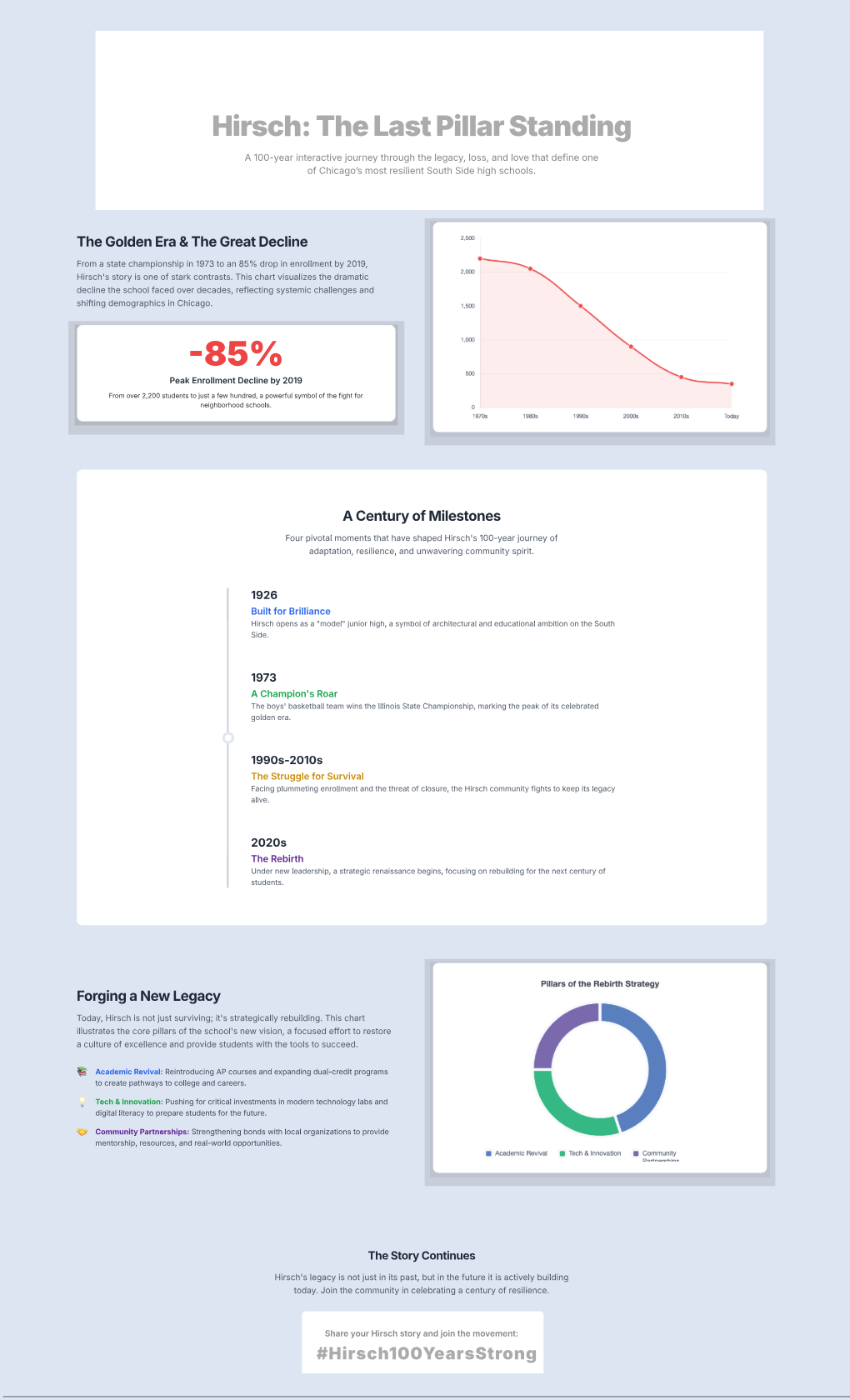
A Renaissance Fueled by Vision
Today, a quiet but powerful renaissance is underway. The focus has shifted from mere survival to a strategic rebuilding of academic programs and school culture, aiming to restore the promise Hirsch was built on. To read more about how current students are defying the odds, check out the story The Ones Who Made It: From the Streets of Chicago to the Cap and Gown (https://truhoodstudiollc.com/from-chicago-streets-to-cap-and-gown/).
This new vision is tangible in the vibrant energy of after-school programs, new student-led initiatives, and the unwavering belief in the school’s potential.
A Century of Resilience.
A Future of Promise.
As **Hirsch Metropolitan High School** approaches its 100th anniversary in 2026, we stand at a pivotal moment. This is more than a school; it is a cornerstone of the community, a vessel of history, and a launchpad for future generations. This report explores our recent past, celebrates our profound community impact, and makes the undeniable case for why Hirsch must continue to stand, fight, and thrive for the next 100 years.
Data Deep Dive: Understanding the Challenge
Student Enrollment (Approx.)
~250
A small, focused student body allows for personalized attention but reflects a significant decline over the decade, highlighting the need for revitalization.
Student Demographics
- 92% Black |
- 0% Hispanic |
- 77% Economically Disadvantaged |
Serving a community of color and students facing economic hardship is our primary, proud mission.
4-Year Graduation Rate Trends (Hirsch vs. Averages)
Click or hover over bars for specific data points.
A Decade of Transition & Leadership
The past 10–15 years at Hirsch have been marked by shifting leadership, each principal navigating unique challenges from declining enrollment to changing educational policies. This timeline explores the key eras and the steadfast dedication that defined them, showing a consistent commitment to student growth against all odds.
2000s – 2010 Community Focus
This period was defined by a strong emphasis on community engagement, leveraging local partnerships to supplement resources and maintain morale amidst early signs of systemic disinvestment.
2010 – 2014: Navigating New Standards
This era was defined by adapting to new state and federal educational standards, including the rollout of Common Core. Leadership focused on curriculum alignment and teacher training to meet rising accountability pressures. Despite these efforts, the school began to experience significant enrollment declines as school choice policies in Chicago intensified competition for students.
The Heart of the Community
Hirsch is more than a school; it is a vital community hub in Grand Crossing. Our impact extends far beyond classroom walls, providing a safe space, critical resources, and a sense of belonging for students and families from every background—Black, Hispanic, and beyond. We are a testament to unity and a catalyst for neighborhood growth.
Local Partnerships
Collaborations with local businesses and non-profits provide mentorship, internships, and real-world learning opportunities for our students.
Arts & Culture Showcase
Our school hosts community arts fairs and performances, celebrating the incredible talent of our students and local artists.
Community Garden
A student-run garden that provides fresh produce for families and teaches valuable lessons about nutrition and sustainability.
Adult Education Workshops
Offering evening classes in financial literacy and job readiness for parents and community members, empowering the entire family.
A Safe Haven & Alumni Mentorship
We provide a stable, supportive, and safe environment where students are encouraged to grow. We connect current students with successful alumni who provide guidance, inspiration, and a powerful network of support.
Why Hirsch Matters: The Case for a Landmark Legacy
1. An Anchor in the Community
For nearly 100 years, Hirsch has been a constant in a changing world. It is a symbol of stability and hope in the Grand Crossing neighborhood. Closing Hirsch would create a vacuum, stripping the community of a key institution that provides education, identity, and a safe space for its youth. Thriving schools are the bedrock of thriving neighborhoods; Hirsch is that bedrock.
2. A Legacy of Empowerment
Hirsch has educated generations of leaders, thinkers, and citizens. It has served a diverse and resilient student body, providing a launchpad for success against systemic odds. Its legacy is written in the lives of its alumni, who have gone on to shape Chicago and the world. This is a legacy of empowerment for Black and Brown students that must be protected and nurtured.
3. A Beacon of Potential
The challenges Hirsch faces are not a reflection of its students’ potential, but of decades of disinvestment. With proper funding and support, Hirsch can become a model for urban education. It can be a hub for innovation, career and technical education (CTE), and arts programs that attract students from across the city. Investing in Hirsch is an investment in the boundless potential of our youth.
4. An Architectural Treasure
The Hirsch building itself is a piece of Chicago history. Its classic architecture tells a story of the city’s growth and commitment to public education. Granting it historic status would not only preserve a beautiful building but would also serve as a powerful statement that the history and future of communities like Grand Crossing matter and are worth preserving for generations to come.
A Vision for the Next Century
Our goal is clear: to transform Hirsch into a premier 21st-century learning institution that honors its past while embracing the future. We envision a school with robust CTE pathways, a thriving arts program, and deep community integration. A school that is not just surviving, but is a destination. This is our fight, for our students, for our community, for the next 100 years.
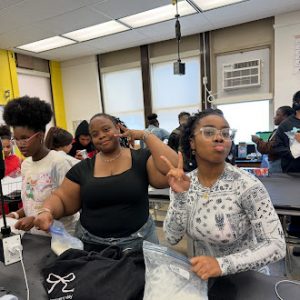
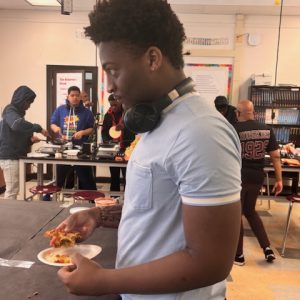
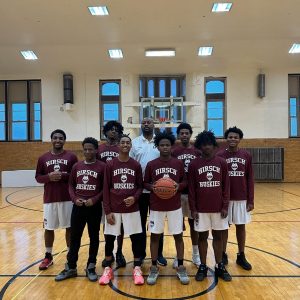




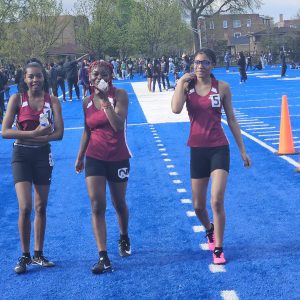

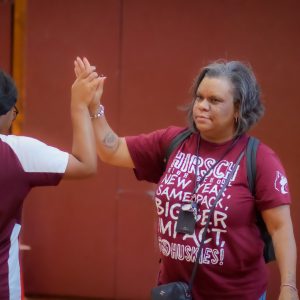




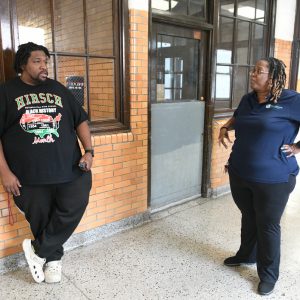

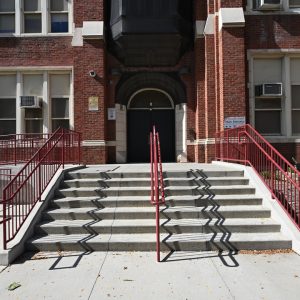


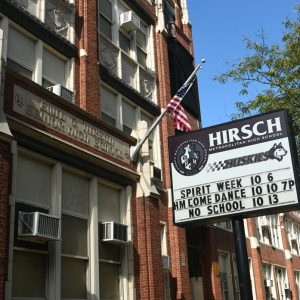


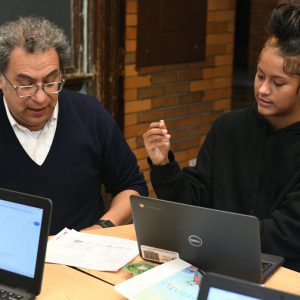
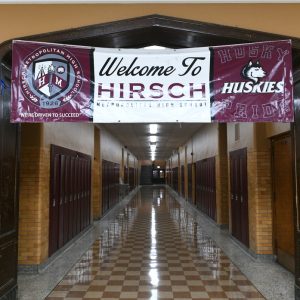
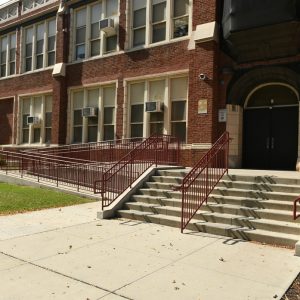
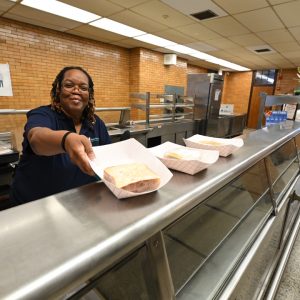
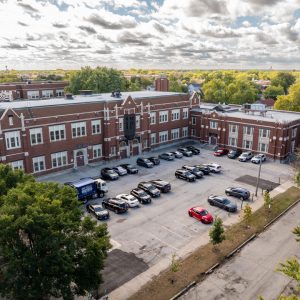
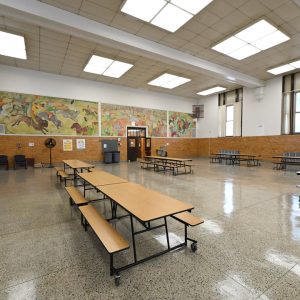
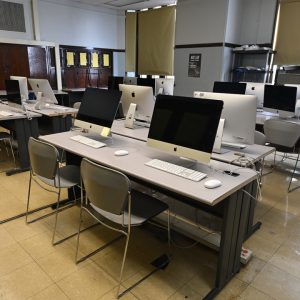



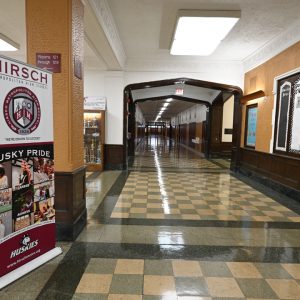

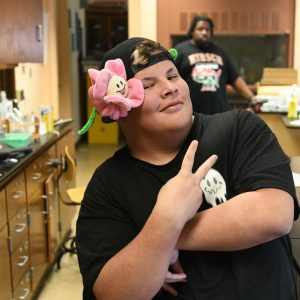

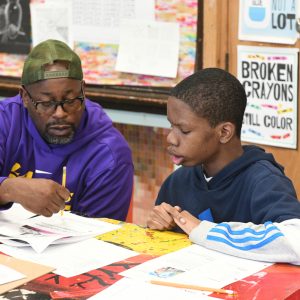

Share Your Hirsch Story
Embedded Here
Creative Podcaster is proudly powered by WordPress
